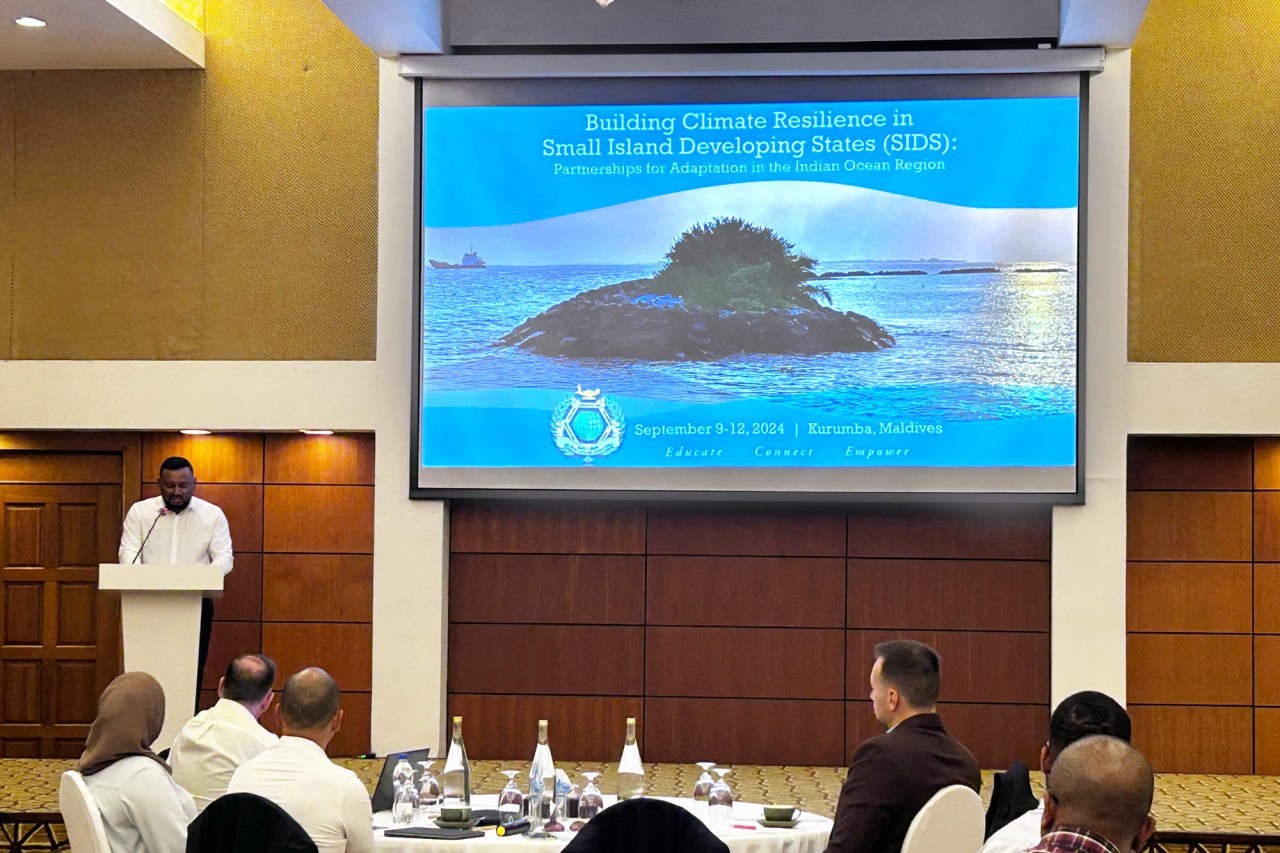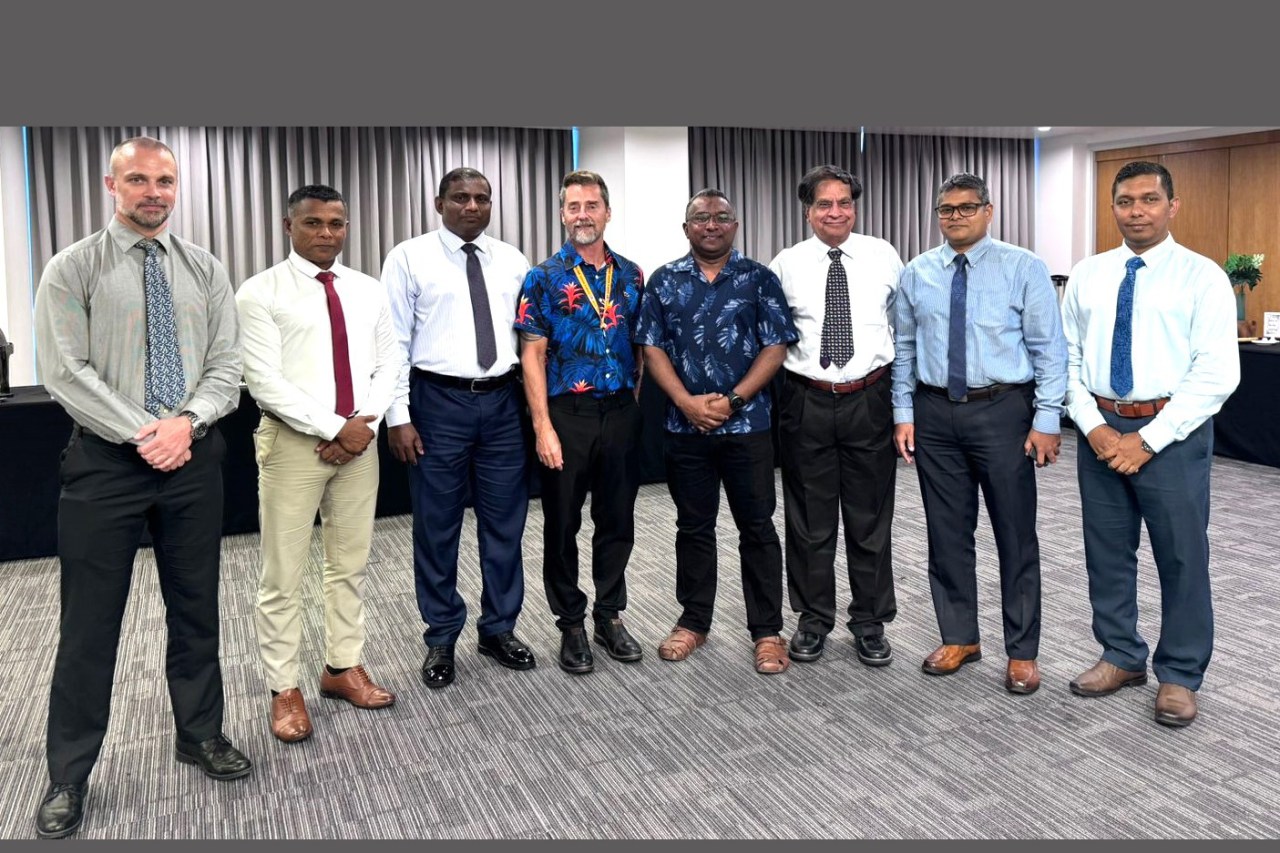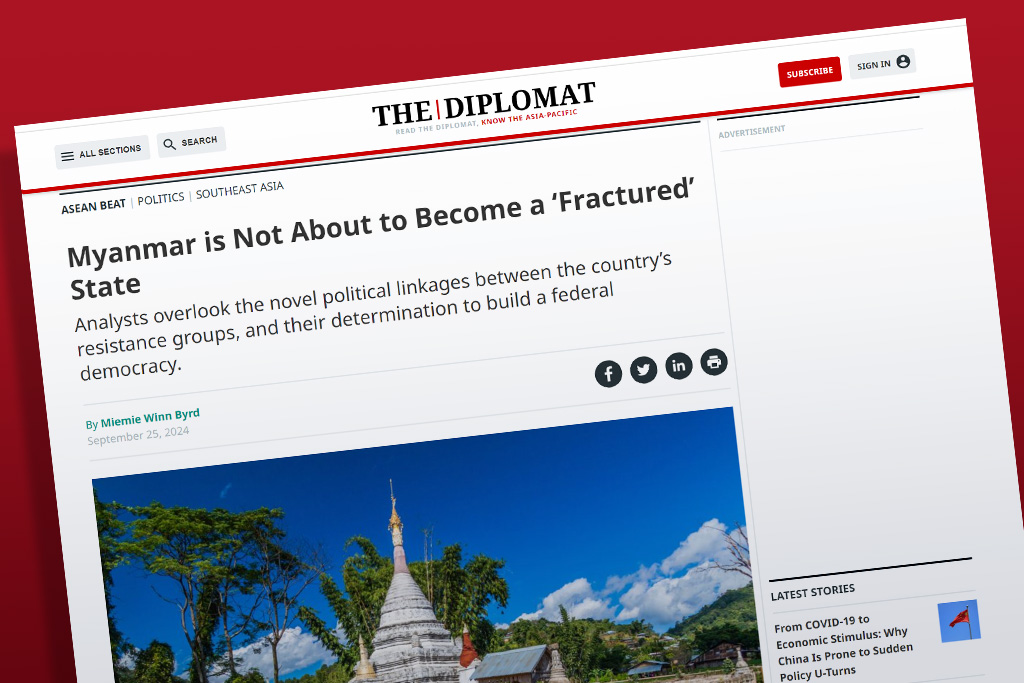DKI APCSS associate professor Benjamin J. Ryan co-authored a new paper entitled: “Ranking and prioritizing strategies for reducing mortality and morbidity from noncommunicable diseases post disaster: An Australian perspective.” The paper appears in the latest International Journal of Disaster Risk Reduction. Other authors are Richard C. Franklin, Frederick M. Burkle, Erin C. Smith, Peter Aitken, Kerrianne Watt, and Pter A. Leggat.
ABSTRACT:
“The increasing noncommunicable disease burden and frequency of natural disasters across the world has created an immediate need to implement strategies for reducing the risk of indirect mortality and morbidity post disaster. People at greatest risk of their condition worsening or even death post disaster are those with cancer, cardiovascular conditions, diabetes, renal diseases and respiratory diseases. To help reduce this risk, this study ranked and prioritized mitigation strategies based on the perspectives of people with noncommunicable diseases and disaster responders, coordinators and government officials.
Data was collected through a sequential modified Delphi process in Queensland, Australia. This included three phases: questionnaire (n=14); workshop (n=18); and survey (n=552). Descriptive statistics were used to group differences and to rank and prioritize mitigation strategies.
The research identified 31 mitigation strategies across 12 public health service infrastructure themes. Specific mitigation strategies included: “The need for water treatment plants with back-up power”; “Designated primary healthcare hubs post disaster over health services being designed to be disaster resilient”; and “Streamlining processes for patients to access medication after a disaster”. Access to water was the highest priority public health service infrastructure theme followed by the strategies related to communication, sanitation, workforce, supplies
All mitigation strategies are interrelated and together provide a theoretical basis for addressing this problem. To implement they must be integrated into monitoring and performance measures for the disaster and health sectors during non-disaster periods. The result would be a sustainable approach towards reducing indirect mortality and morbidity from noncommunicable diseases post natural disaster.“
The paper is available for purchase on the International Journal of Disaster Risk Reduction website at: http://www.sciencedirect.com/science/article/pii/S2212420917302996
The views expressed in this article are those of the authors and do not necessarily reflect the official policy or position of the Daniel K. Inouye Asia Pacific Center for Security Studies, the Department of Defense, or the U.S. Government.
-END-










Leave A Comment